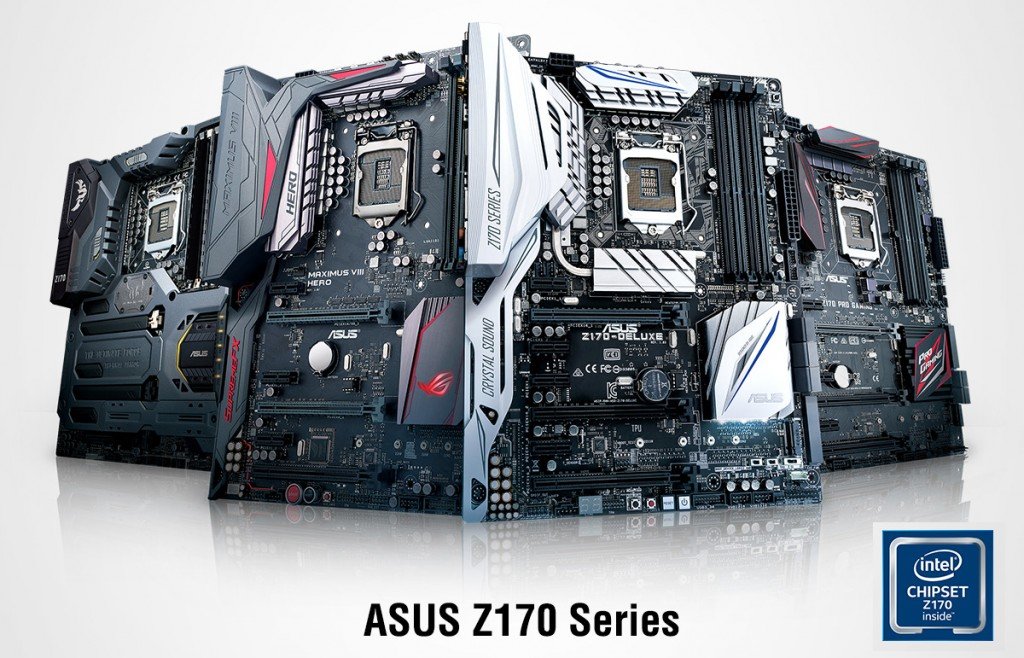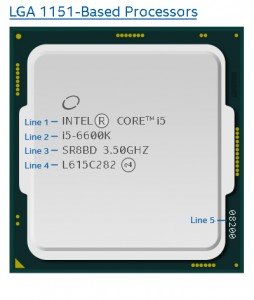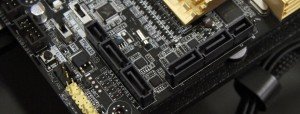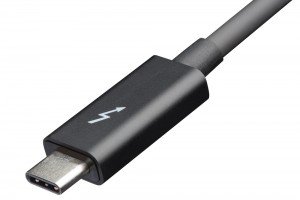 Do you remember a couple months ago when Intel released the Broadwell or 5th generation Core i desktop processors? They were pretty forgettable because they did not really offer any improvements over the previous 4th generation processor. Now Intel has finally released the Skylake or 6th generation processors just two months later and desktop PCs have finally become interesting again. Much of this is not because of the processors themselves but because of what the Z170 chipset brings along with the new CPUs. Find out why it might finally be worth upgrading a desktop PC after many years of waiting.
Do you remember a couple months ago when Intel released the Broadwell or 5th generation Core i desktop processors? They were pretty forgettable because they did not really offer any improvements over the previous 4th generation processor. Now Intel has finally released the Skylake or 6th generation processors just two months later and desktop PCs have finally become interesting again. Much of this is not because of the processors themselves but because of what the Z170 chipset brings along with the new CPUs. Find out why it might finally be worth upgrading a desktop PC after many years of waiting.
New Package Means a New Chipset
 The new Skylake processors use a new LGA 1151 package. This means that they are not going to work on any of the existing motherboards. To support it, Intel also introduced a new Z170 chipset to support it. This is the enthusiast level chipset and it brings a huge number of changes to it which were absent in the Z77 and Z87 chipsets that were introduced over the past couple of years. Many of these features will eventually trickle down to the H and B series desktop chipsets when they are eventually released. After all, the big draw to the Z series chipsets has been the overclocking support.
The new Skylake processors use a new LGA 1151 package. This means that they are not going to work on any of the existing motherboards. To support it, Intel also introduced a new Z170 chipset to support it. This is the enthusiast level chipset and it brings a huge number of changes to it which were absent in the Z77 and Z87 chipsets that were introduced over the past couple of years. Many of these features will eventually trickle down to the H and B series desktop chipsets when they are eventually released. After all, the big draw to the Z series chipsets has been the overclocking support.
DDR4 Memory
has been on the market for some time and was actually in use for those people willing to invest in the X99 chipset. The problem is that the cost of that platform was so much more that it was only useful for a small group of users. With DDR4 coming to the mainstream desktop platform, more users will be able to benefit from the faster and lower power memory platform. Most users probably would not notice much of a difference but it has been a long time coming as we have been using the DDR3 platform for so long. Pricing for the DD4 platform are quite reasonable now that it has been on the market for a while and high performance DDR4 modules are readily available and functional right off the bat for users of the new platform.
More PCI-Express Lanes
The problem that many motherboards have had over the last couple of years was having enough PCI-Express lanes to support all of the integrated peripherals and interfaces on the boards. The new chipset offers a total of 36 (20 native and 16 from the PCH) all of which are PCI-Express 3.0 compliant. This is a full 8 additional lanes and more PCI-Express 3.0 ports that the past generation. For instance, all of the M.2 implementations on the Z97 motherboards were generally restricted to four PCI-Express 2.0 lanes. The newer Z170 motherboards allow for these to be PCI-Express 3.0. This boosts the potential bandwidth possible up to around 40GB/s. There are no M.2 drives yet to take advantage of that but it has great potential to make systems incredible fast at loading applications or booting into Windows.
SATA Express May Actually Be Useful
 was touted as one of the new interfaces to replace SATA. It had great potential but frankly none of the drive manufacturers decided to produce drives for it. Instead, they elected to use the M.2 interface as it was more common with laptop computers and made it easier to integrate onto the motherboards. The new PCI-Express 3.0 and additional lanes make the SATA Express interface more useful as it can now obtain up to 16GB/s speeds. This is certainly faster than most of the current 2.5-inch SSD drives on the market. The problem is that the implementation still means that a user that elects to use SATA Express effectively removes two standard SATA 3.0 ports.
was touted as one of the new interfaces to replace SATA. It had great potential but frankly none of the drive manufacturers decided to produce drives for it. Instead, they elected to use the M.2 interface as it was more common with laptop computers and made it easier to integrate onto the motherboards. The new PCI-Express 3.0 and additional lanes make the SATA Express interface more useful as it can now obtain up to 16GB/s speeds. This is certainly faster than most of the current 2.5-inch SSD drives on the market. The problem is that the implementation still means that a user that elects to use SATA Express effectively removes two standard SATA 3.0 ports.
USB 3.1 and Type C Support
This one is going to be a bit awkward because it is currently not standardized on all of the available Z170 motherboards. Essentially, motherboard manufacturers can elect to use an Intel or an ASMedia USB controller. Depending on the controller and the elected implementation, it may or may not really be using the new . Part of this also comes from the confusion in the naming for the new standard. For instance, USB 3.1 Gen 1 is essentially just USB 3.0 speeds with support for the Type C connection. This is effectively what made it into the Apple MacBook which was the first device to use the new connector. USB 3.1 Gen 2 is really required for the doubling of the speed.
Thunderbolt 3
 In addition to USB 3.1, the Z170 also has the ability to use the new Thunderbolt 3.0. Sadly, I think this technology will mostly go unnoticed. It essentially takes the USB Type C connector and adds additional capabilities beyond what the USB 3.1 specification allow for. For instance, the speeds can move from 10Gbps to 40Gbps. This allows it to function as a standard USB 3.1 port and still have room to carry multiple 4K video signals over the same cable. The problem is that outside of Apple, the standard confusion is likely going to make the connector largely forgotten or not implemented on this first round of motherboards.
In addition to USB 3.1, the Z170 also has the ability to use the new Thunderbolt 3.0. Sadly, I think this technology will mostly go unnoticed. It essentially takes the USB Type C connector and adds additional capabilities beyond what the USB 3.1 specification allow for. For instance, the speeds can move from 10Gbps to 40Gbps. This allows it to function as a standard USB 3.1 port and still have room to carry multiple 4K video signals over the same cable. The problem is that outside of Apple, the standard confusion is likely going to make the connector largely forgotten or not implemented on this first round of motherboards.
Finally Time to Upgrade
Ever since the Sandy Bridge or second generation of Core i desktop processors were released, the technology and performance of desktop computers has been stagnant. There have been some minor improvements in the basic performance but for the most part a system from five years ago can handle just as well as a new system. A few technologies were introduced but SATA, USB 3.0 and DDR3 where all holding back the performance. Now the new processors do add a bit more performance but once again it is nothing like we saw in those performance jumps from five years ago. Instead, it is the peripheral technology that is making the difference. So if you like me have an older computer that has been running along fine, the coming year is going to be exciting thanks to the new Z170 chipset.
